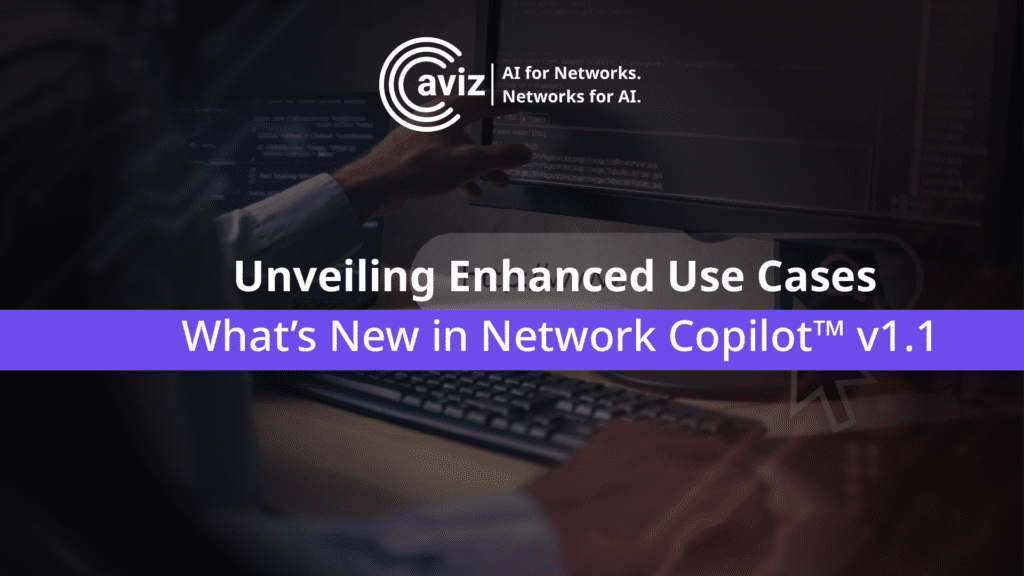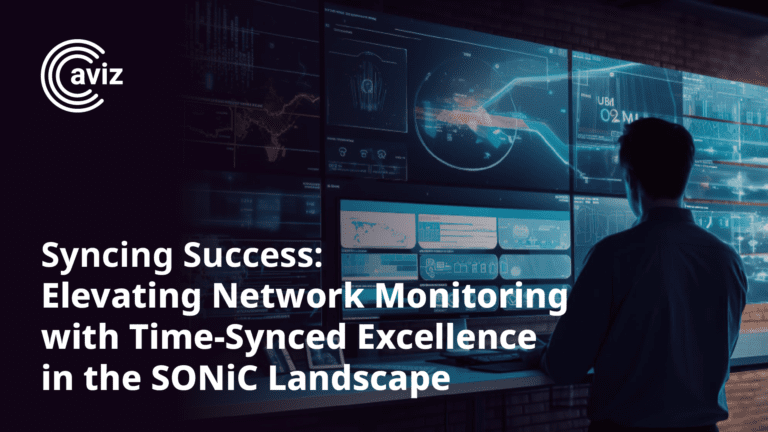In the dynamic landscape of network monitoring, Time Synchronization emerges as a pivotal force, particularly in industries where precise packet timing is paramount. This is evident in time-sensitive applications like algorithmic trading platforms, emergency response systems, and Telco network monitoring, where split-second decisions are imperative. It forms the bedrock for achieving optimal Quality of Service (QoS), fault detection-diagnosis, and security threat detection. From enhancing call detail record analysis to synchronizing subscriber experience monitoring, Time Synchronization emerges as the unsung hero, orchestrating precision and efficiency in the symphony of network operations.
Why do we need packet timestamping?
Precise timestamps help pinpoint delays, identify network bottlenecks, optimize routing, and ensure adherence to service-level agreements.
- 1.
Detecting the congestion point on the path of a flow:
Monitor packet delays at various points along the path by analyzing the corresponding packet timestamps. This helps in Jitter, Throughput analysis and packet loss detection as well. - 2.
Path Tracing:
By examining timestamps at different network devices, administrators can trace the path of a flow and pinpoint specific devices or links where congestion is likely occurring. - 3.
Arrival sequence validation:
Arrival sequence validation helps confirm that packets are reaching their destination in the correct order. Also helps in achieving the protocol compliance, avoid data corruption and reliability - 4.
Security incident investigation:
In cybersecurity, timestamps are essential for investigating security incidents. Analyzing the timing of events helps in understanding the sequence of actions during an incident - 5.
Troubleshoot and debugging the network delays :
Timestamps facilitate the correlation of events across different network devices, aiding in troubleshooting and debugging by establishing a chronological order of occurrences - 6.
Dynamic Path Adjustments:
Implement dynamic path adjustments to reroute traffic away from congested paths. This adaptive approach helps in mitigating congestion dynamically.
By employing a packet timestamping feature, network administrators can effectively detect congestion points, network delays, threat issues allowing for proactive management and optimization of network performance. Regular monitoring and analysis are essential for maintaining a resilient and efficient network.
How are we enabling Network Administrators?
Open Packet Broker (OPB) is the industry’s first software-based containerized Network Packet Broker (NPB) application built on top of the open-source SONIC NOS to enable monitoring and security tools to access the network traffic. OPBNOS stands out with its support for packet timestamping. Leveraging modern ASIC capabilities, it allows users to configure timestamps per port or flow, providing unparalleled precision. Packet timestamps can be added at ingress/egress at every port. Achieving precise time synchronization in network packet broking can be accomplished through two essential methods.
- 1.
Timestamping the packetsintercepted by the network packet broker devices is a fundamental approach. This involves assigning a precise time reference to each packet, allowing for accurate sequencing and analysis.
- 2.
Synchronizing the network packet brokerswith the network time. This synchronization can be achieved through widely used protocols such as Network Time Protocol (NTP) or high-precision Precision Time Protocol (PTP).
Network operators would like to insert timestamp to all the packets ingressing from network ports and egressing out to tool ports.

Fig : Deployment representation of Time-Synchronized OPB Network
opbnos# conf t
opbnos(config)# timestamping enable | disable
opbnos# conf t
opbnos(config)# interface ethernet Ethernet1/1
opbnos(config-if)# timestamp enable stage ingress source-id NE1Eth1
opbnos# conf t
opbnos(config)# interface ethernet Ethernet2/1
opbnos(config-if)# timestamp enable stage egress source-id NE1Eth2Fig : TimeStamp Configuration at Interface level in OPBNOS
OPBNOS also offers the packet timestamp decoder which helps in analyzing the packet capture dump and decode the timestamp info for the customers. Also, it is use-case driven where the analyzer can be extended to serve any specific use-cases post decoding in the future.
test@aviz ~ % python3 timestamp_decoder.py
Timestamp Data : 0xebb8a66c01a05bd592ba00f577980000000001a05bd59584005bbbdd
Source-1 : Seconds 1665 and Nanoseconds 466981562 and origin id : 0x7abbcc
Source-2 : Seconds 1665 and Nanoseconds 466982276 and origin id : 0x2dddee
Time Difference : 0 Seconds and 714 NanosecondsFig : TimeStamp Decoder to verify/test the time difference in Network.
Conclusion
In conclusion, the synergy of packet timestamping is the bedrock of the modern network monitoring world. Packet timestamping, with its precision, lends a temporal dimension to data, enabling meticulous analysis, troubleshooting, and compliance. When integrated seamlessly into any network monitoring using Open Packet Broker (OPB based on SONIC NOS) , this timestamp feature becomes invaluable, orchestrating the symphony of network operations.
Time is not just a metric; it’s the heartbeat of network resilience and innovation.
FAQs
The timestamps generated by OPB are extremely precise, with accuracy down to the nanosecond level.
Yes, OPB provides the flexibility to add timestamps at both ingress (entry) and egress (exit) points along the network path, enabling comprehensive monitoring and analysis.
OPB achieves time synchronization across the network through industry-standard protocols such as Network Time Protocol (NTP) or the more precise Precision Time Protocol (PTP), ensuring consistent and accurate timekeeping across all network devices.
For any further queries or more information, please don’t hesitate to contact us.




